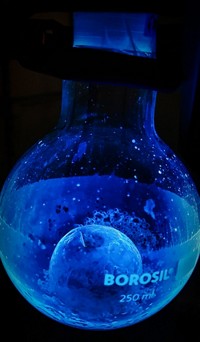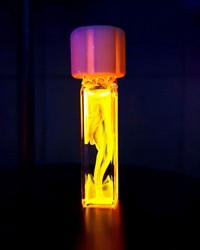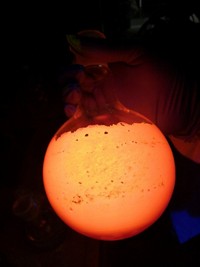Advertisement
Grab your lab coat. Let's get started
Welcome!
Welcome!
Create an account below to get 6 C&EN articles per month, receive newsletters and more - all free.
It seems this is your first time logging in online. Please enter the following information to continue.
As an ACS member you automatically get access to this site. All we need is few more details to create your reading experience.
Not you? Sign in with a different account.
Not you? Sign in with a different account.
ERROR 1
ERROR 1
ERROR 2
ERROR 2
ERROR 2
ERROR 2
ERROR 2
Password and Confirm password must match.
If you have an ACS member number, please enter it here so we can link this account to your membership. (optional)
ERROR 2
ACS values your privacy. By submitting your information, you are gaining access to C&EN and subscribing to our weekly newsletter. We use the information you provide to make your reading experience better, and we will never sell your data to third party members.
Electronic Materials
Chemistry In Pictures
Chemistry in Pictures: Lightbox
by Manny I. Fox Morone
September 2, 2021

One challenge researchers are trying to overcome is making light sources that are bright, are more portable, and have tunable colors. Lights with all of these properties are thought to be possible if they are made from organic light-emitting diodes (OLEDs), which can use flat and bendable layers of organic semiconductors to make light rather than rigid inorganic ones. Kou Yoshida, a research fellow at the University of St Andrews’s Organic Semiconductor Centre, made this handheld OLED cube by applying semiconductors—an organometallic iridium complex (red squares) and a perylene derivative (blue squares)—onto glass surfaces and assembling those into a cube. One of Yoshida’s goals is to make a portable OLED device that could be used in, for example, antibacterial and cancer therapies that use photoactive molecules.
Submitted by Kou Yoshida. Follow @EZC_group and @StAndrewsOsc on Twitter.
Do science. Take pictures. Win money. Enter our photo contest here.





Join the conversation
Contact the reporter
Submit a Letter to the Editor for publication
Engage with us on Twitter